
CSC 103
How Computers Work
Smith Computer Science

How Computers Work
Smith Computer Science
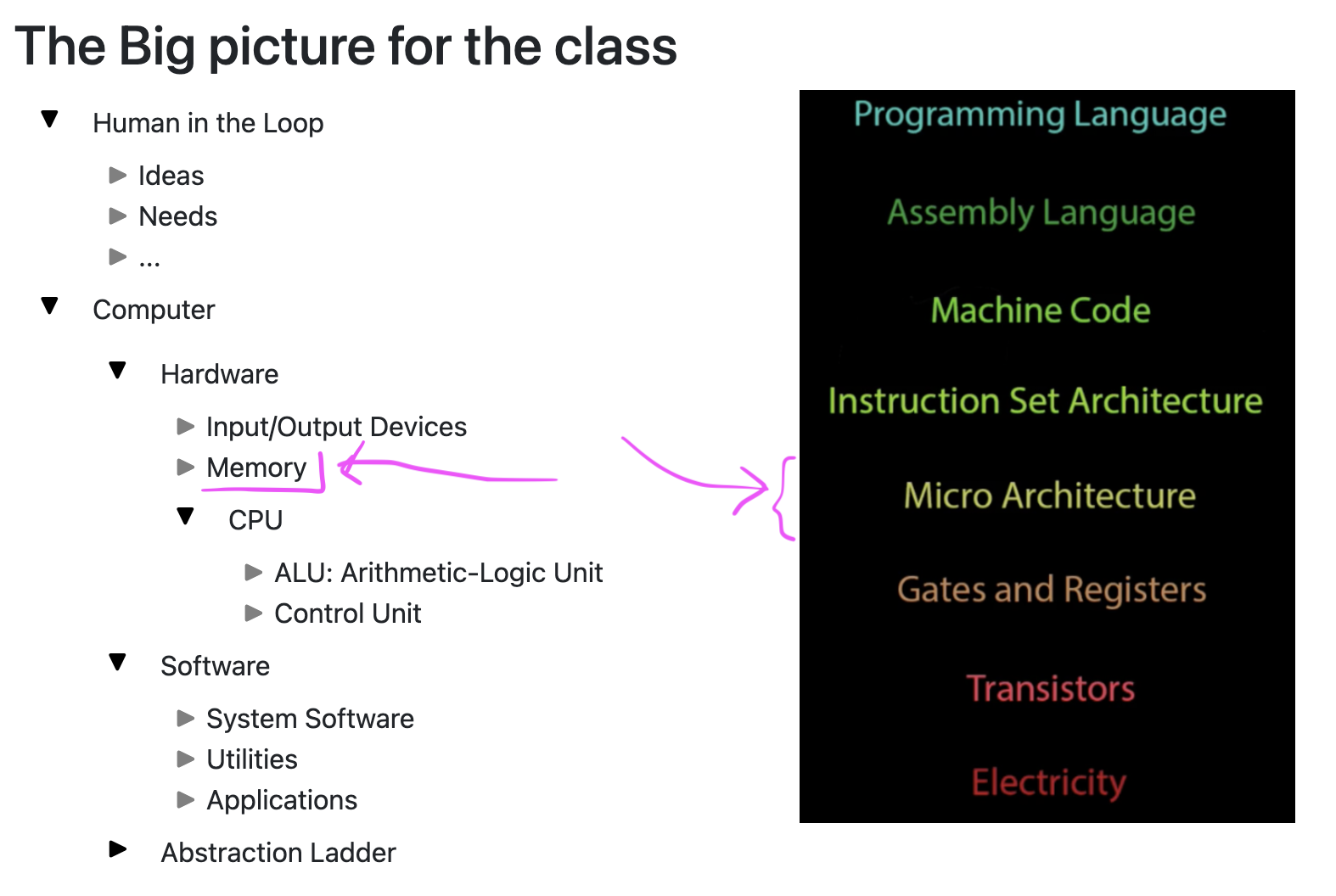

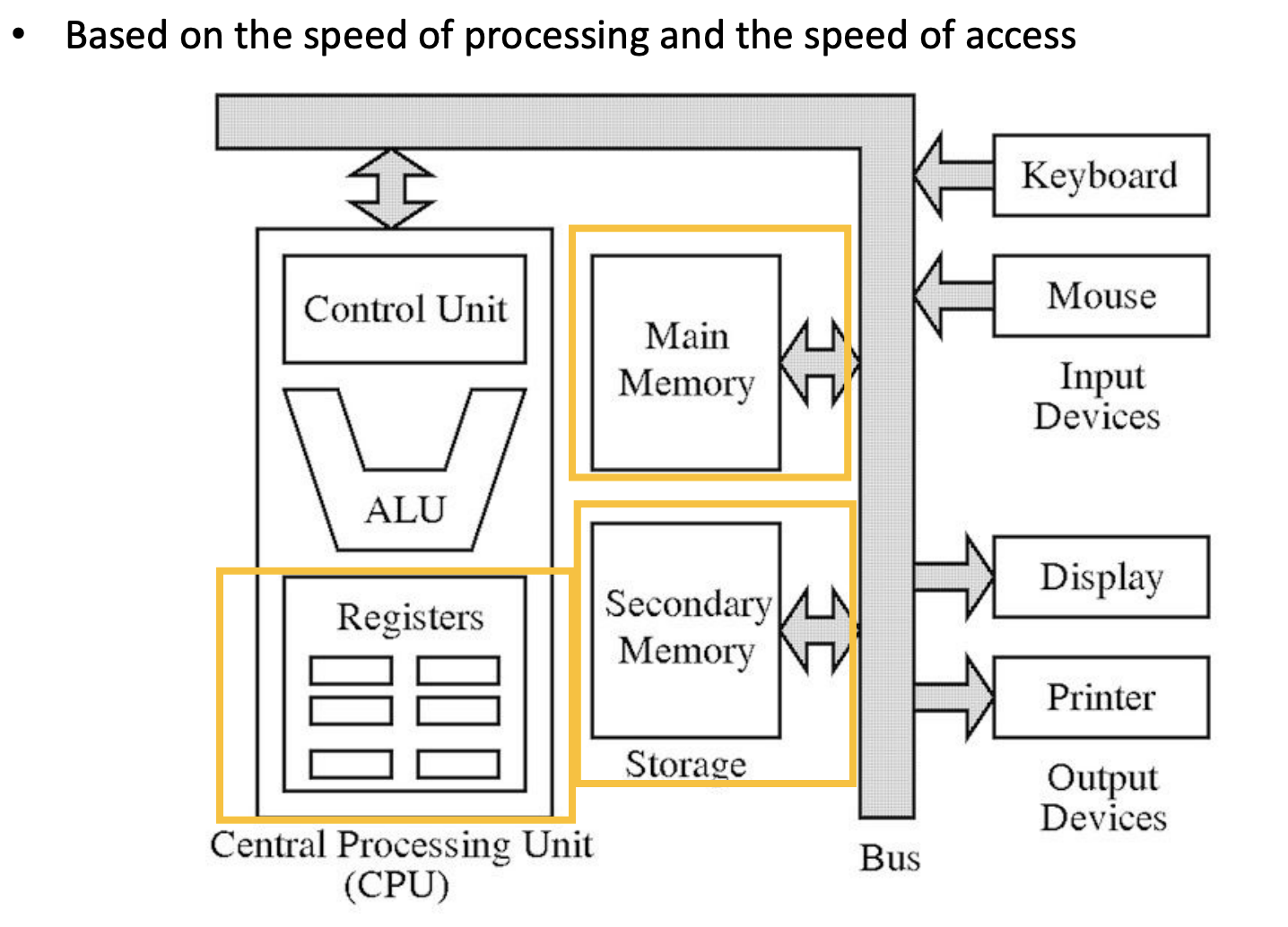
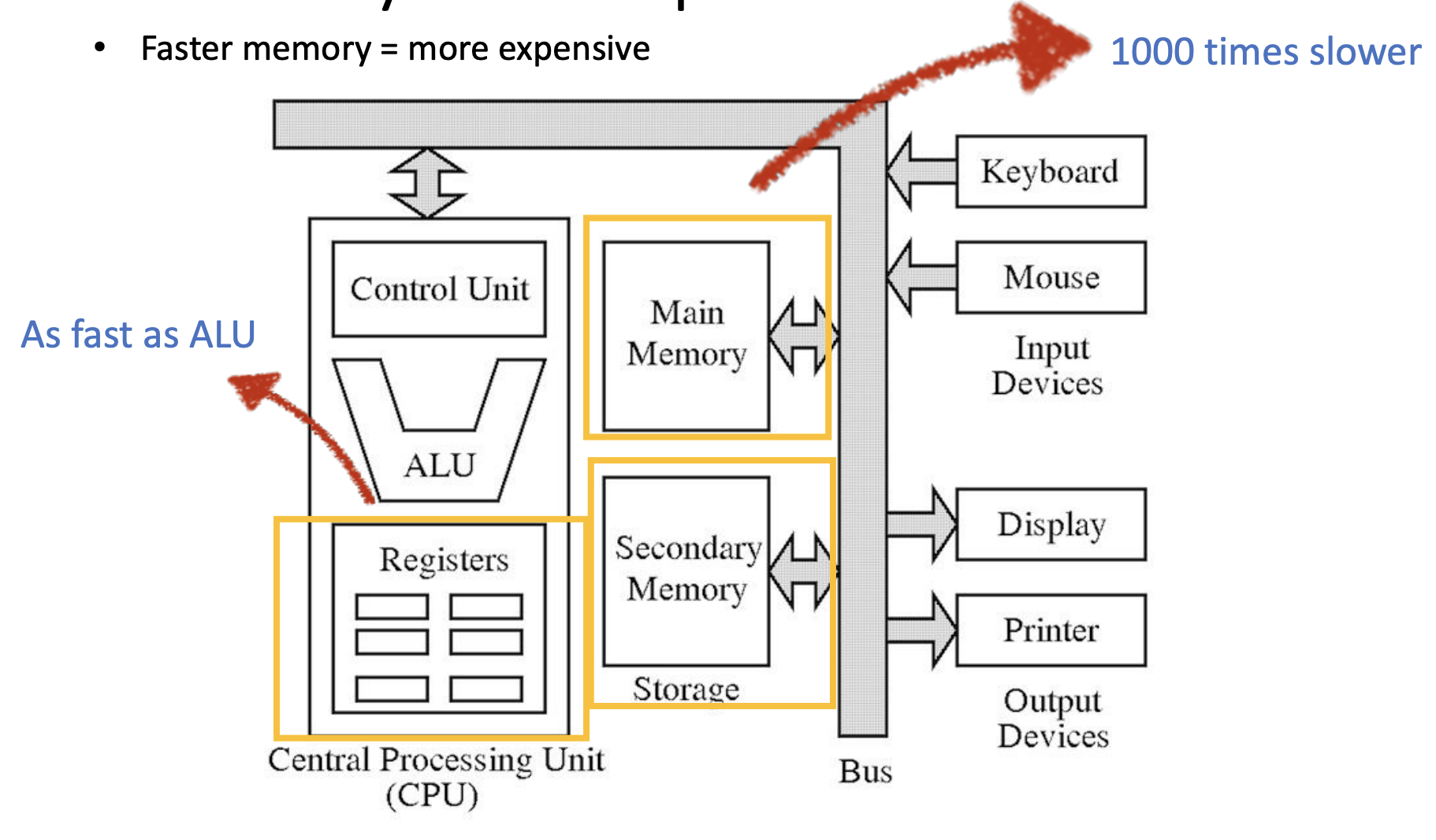


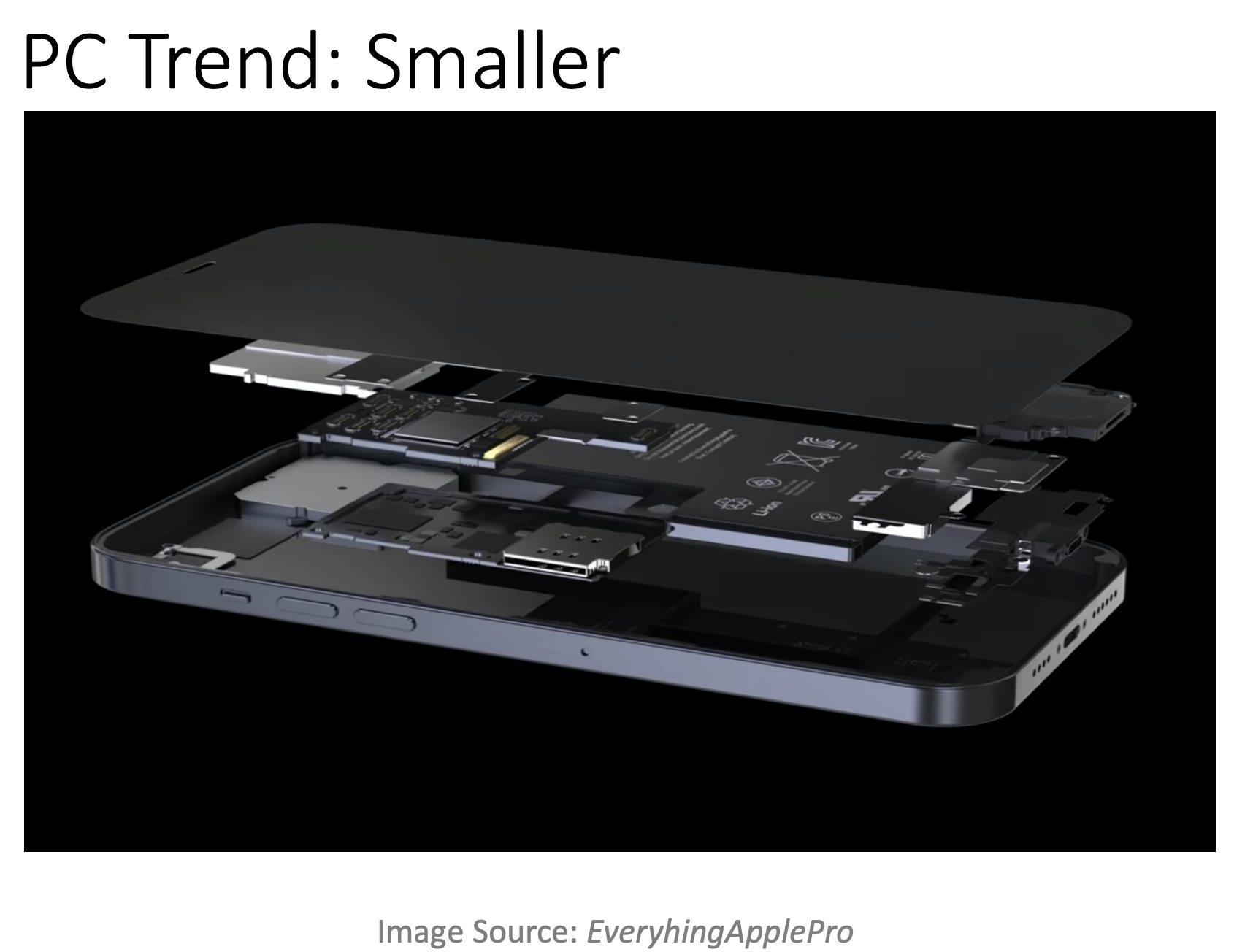
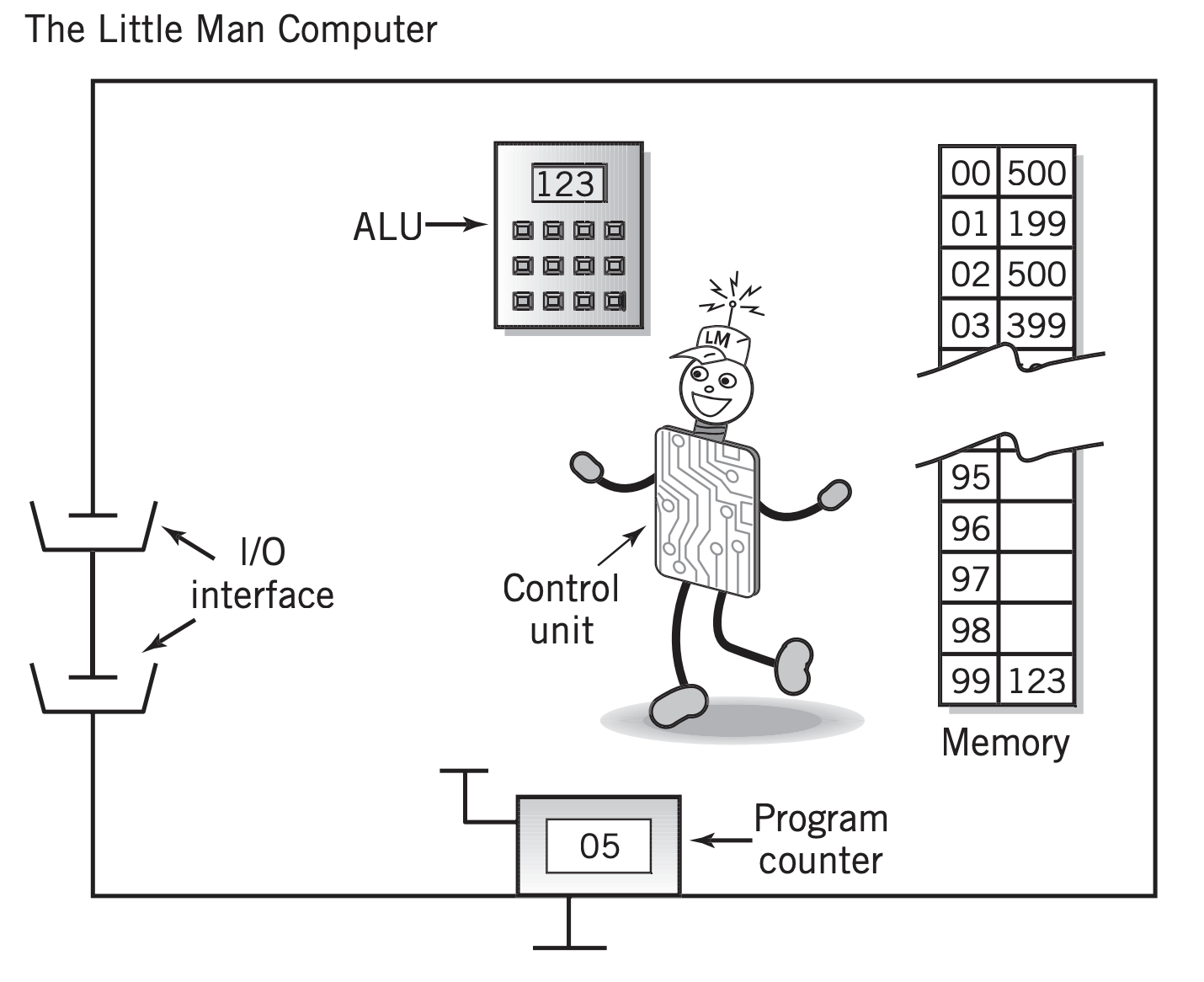
from:
The Architecture of Computer Hardware, Systems Software & Networking: An Information Technology Approach 4th Ed.

from:
The Architecture of Computer Hardware, Systems Software & Networking: An Information Technology Approach 4th Ed.
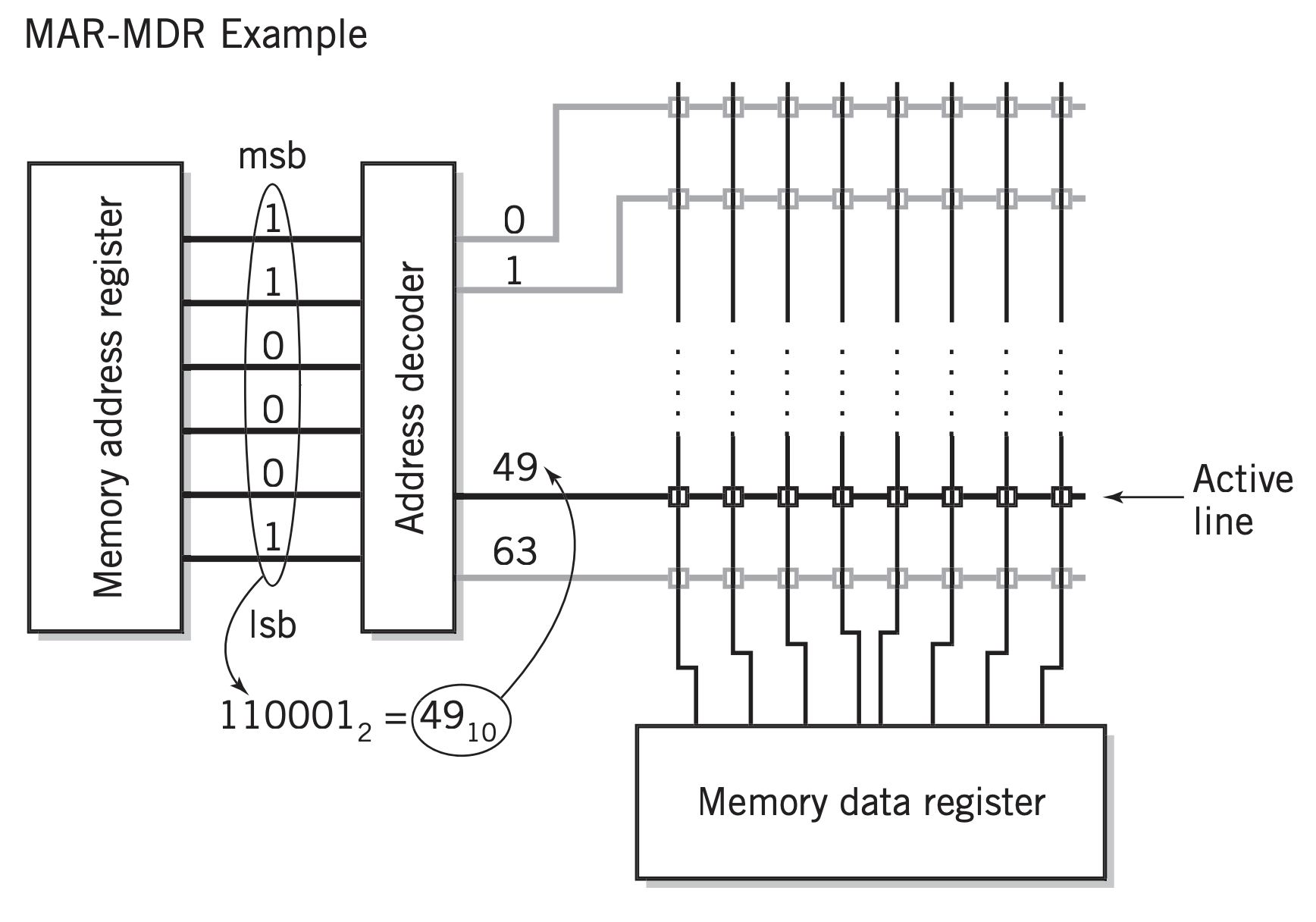
from:
The Architecture of Computer Hardware, Systems Software & Networking: An Information Technology Approach 4th Ed.
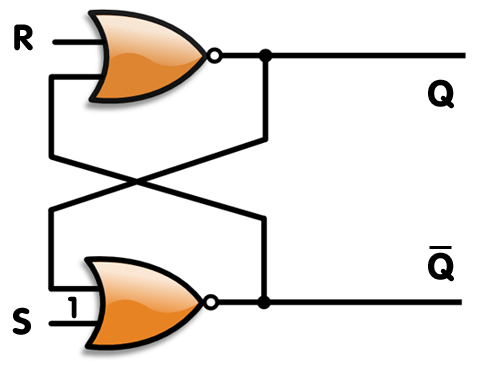

Please fill this out before leaving: